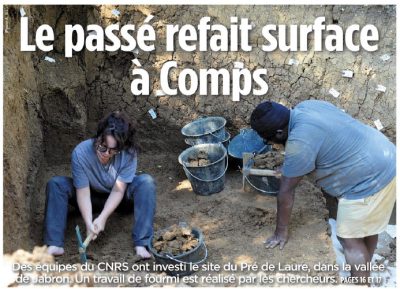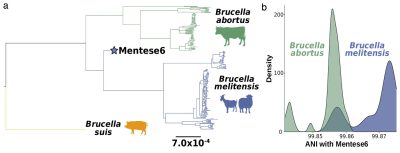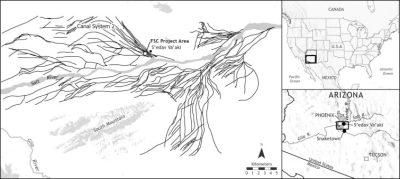DOI : https://doi.org/10.1080/19442890.2018.1511237
Editeur (Taylor & francis | Open Access) : https://www.tandfonline.com/toc/yeth20/current?cookieSet=1
Although fire is ubiquitous among humans and it appears to have been so for at least hundreds of thousands of years, its study as an artifact is relatively recent due to its sedimentary nature.
Archaeologists are only now beginning to properly document and sample combustion residues for their study as artifacts and to realize their potential as sinks of behavioral information, with clues concealed in ash, charcoal, burnt materials and the sedimentary substrate underlying hearths. Thus, archaeological combustion features are now analyzed at different scales using a variety of techniques to explore their spatial distribution, composition and formation. The physical and chemical transformations caused by heating on a variety of raw materials, as well as their social and technical implications, are equally at the center of current research. As a result, we are starting to unveil functional, technological and other behavioral aspects of fire in archaeological contexts from different regions and time periods […]




